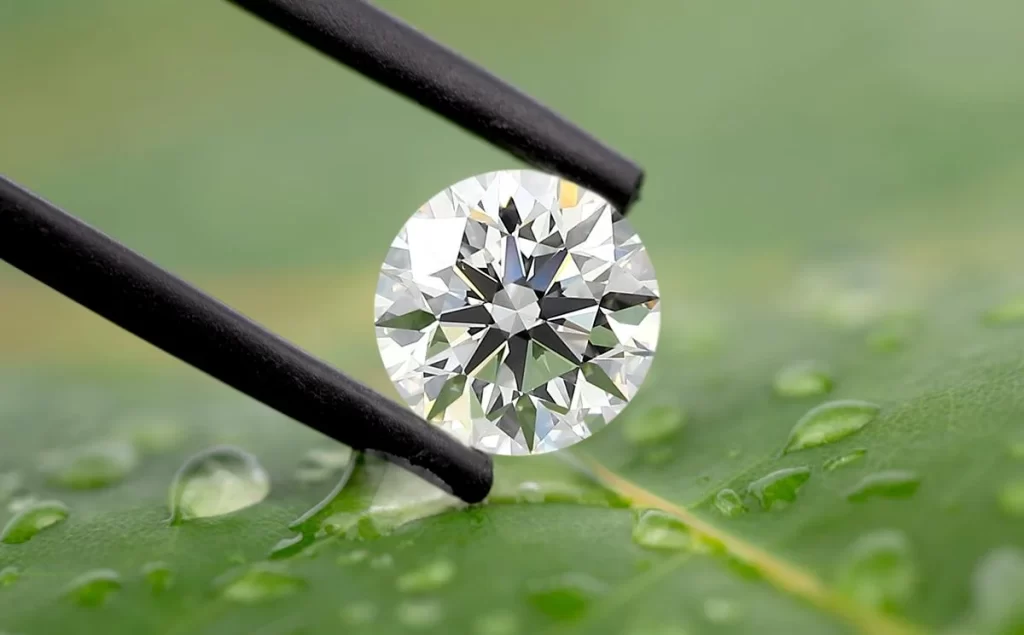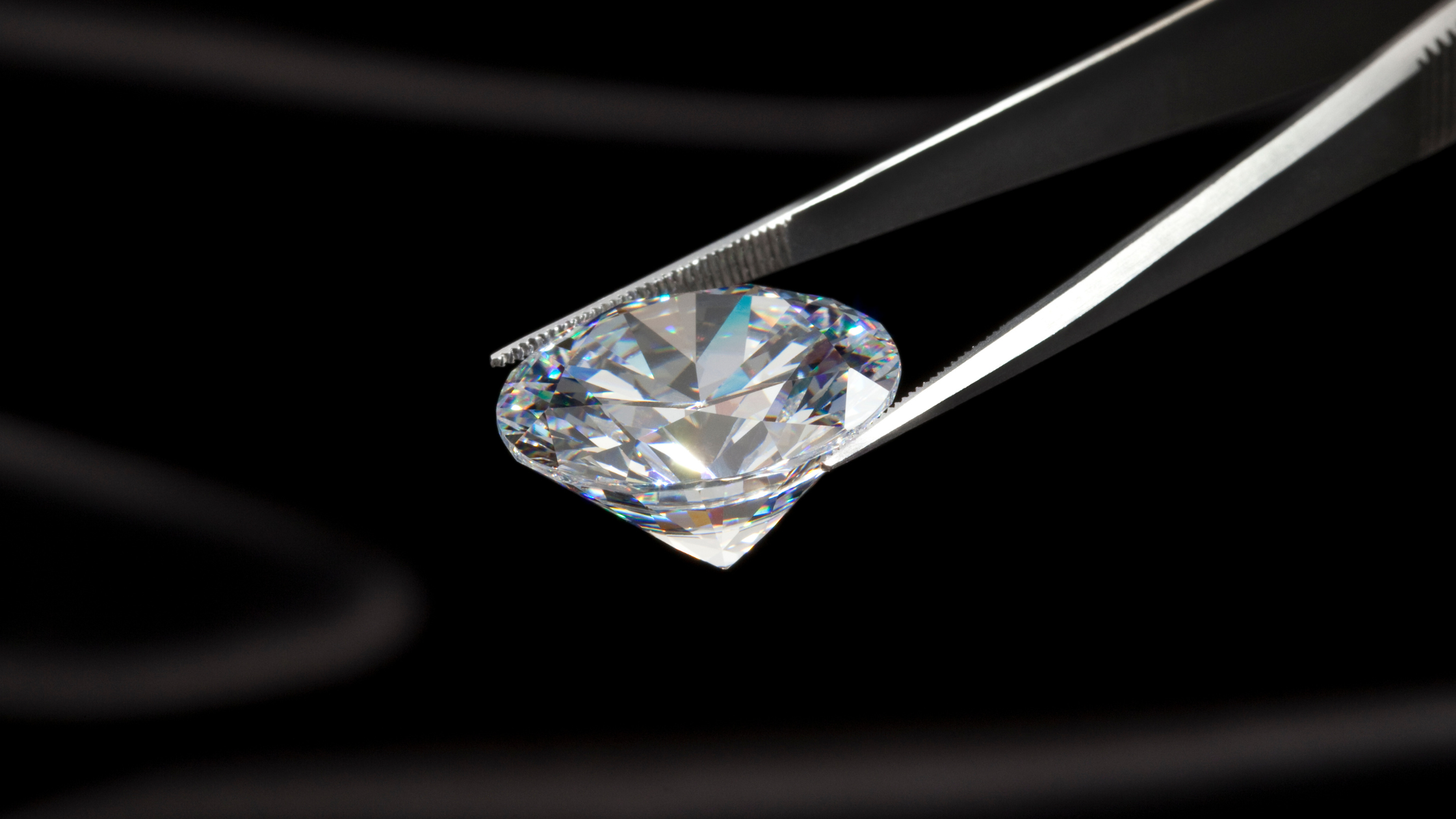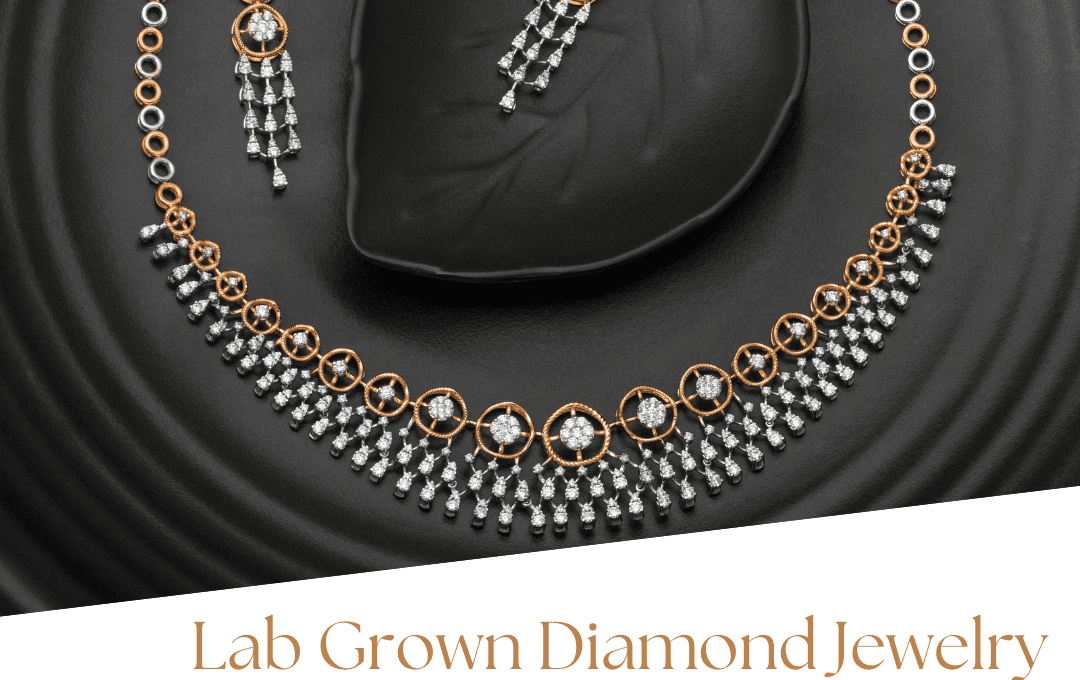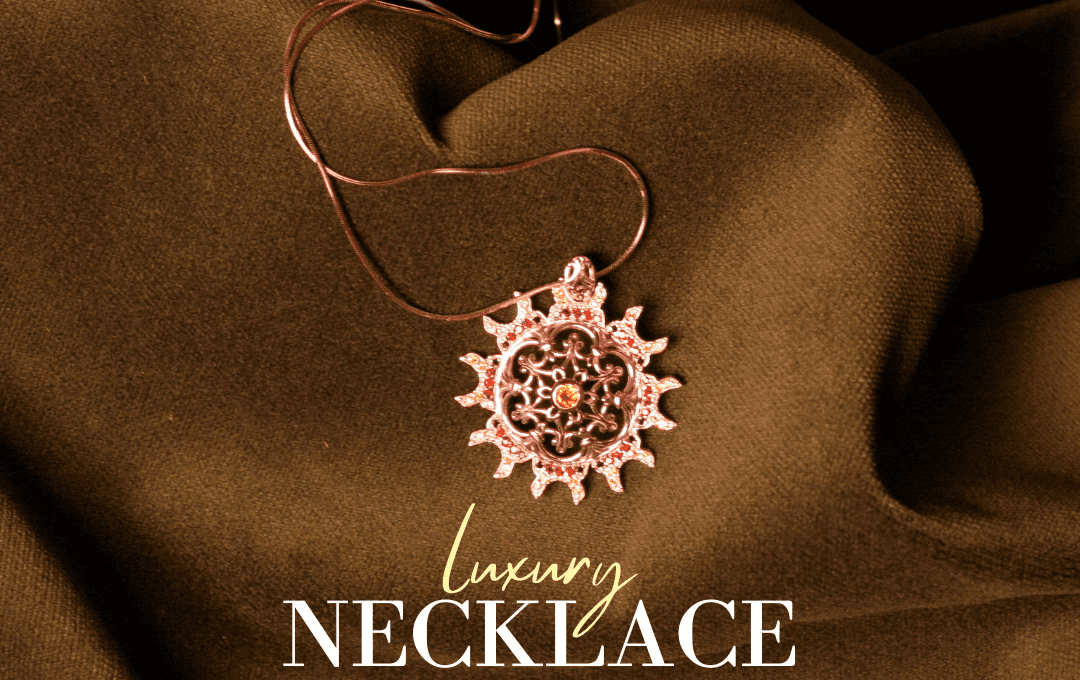

Natural versus Lab-Grown Diamonds: Understanding the Price Difference
The allure of diamonds has captivated humanity for centuries, symbolizing love, luxury, and enduring beauty. As technology advances, the choice between natural and lab-grown diamonds becomes increasingly common for consumers. While visually and chemically identical, the journey from creation to the market considerably influences their price points. This blog explores the factors behind the price difference between natural and lab-grown diamonds, empowering you with the knowledge to make an informed decision for your next special purchase.
The Journey of a Natural Diamond
Natural diamonds are formed under the Earth’s crust over billions of years, through the combination of high pressure and temperatures. They are then mined, cut, polished, and prepared for sale – a long and labor-intensive process. This extensive journey from the depths of the Earth to a beautiful piece of jewelry not only contributes to their higher price but also to their allure and uniqueness.
Rarity and Value
Natural diamonds are finite. Their scarcity plays a significant role in their valuation. The rarity varies with color and clarity, making some natural diamonds extraordinarily valuable. The cost associated with mining, coupled with the rigorous process of sorting, cutting, and polishing, further adds to their market value.
The Emergence of Lab-Grown Diamonds
Lab-grown diamonds, also known as synthetic or cultured diamonds, are created in controlled laboratory environments using advanced technological processes that mimic the natural diamond-creating conditions. There are two primary methods: High Pressure High Temperature (HPHT) and Chemical Vapor Deposition (CVD). Both produce real diamonds with the same physical, chemical, and optical characteristics as their natural counterparts, but within a fraction of the time.
Cost-Effective Production
The creation of lab-grown diamonds circumscribes the lengthy and uncertain mining process, significantly reducing environmental impact and the cost of production. The laboratories can produce diamonds in a few weeks, making it a more sustainable and economically efficient option. These savings are often passed down to consumers, making lab-grown diamonds a more budget-friendly choice without compromising on quality or beauty.
Price Comparison
On average, lab-grown diamonds can be 20% to 40% less expensive than natural diamonds. The price discrepancy mainly attributes to the eliminated costs of mining and the reduced environmental degradation. Additionally, the growth technology continues to advance and become more cost-effective, further influencing the pricing.
It’s important to note that while lab-grown diamonds offer a more affordable option, they may not retain value over time in the same way as natural diamonds. The resale market for lab-grown diamonds is still evolving, impacting their long-term investment worth.
Making Your Choice
When deciding between a natural and a lab-grown diamond, consider what attributes most align with your values and needs. If the allure of a gem formed over billions of years with a unique story appeals to you, and you view your purchase as an investment, a natural diamond might be your choice. Conversely, if you prioritize ethical considerations, environmental sustainability, and budget, a lab-grown diamond could be the perfect fit for your preferences.
Ultimately, whether you choose a natural or lab-grown diamond, both offer their unique charm and beauty, symbolizing a special moment or emotion in your life. Armed with the knowledge of their differences, especially in pricing, you are well-equipped to make a decision that best matches your desires and values.



